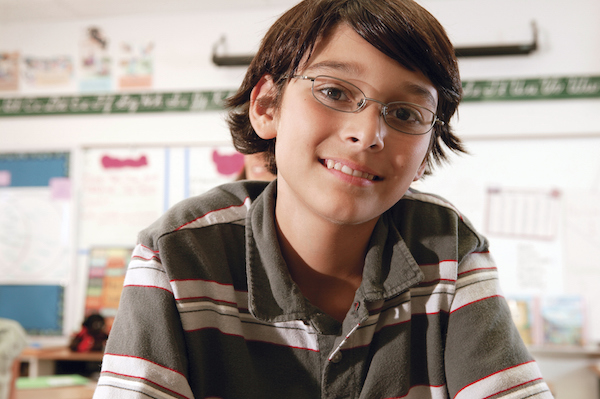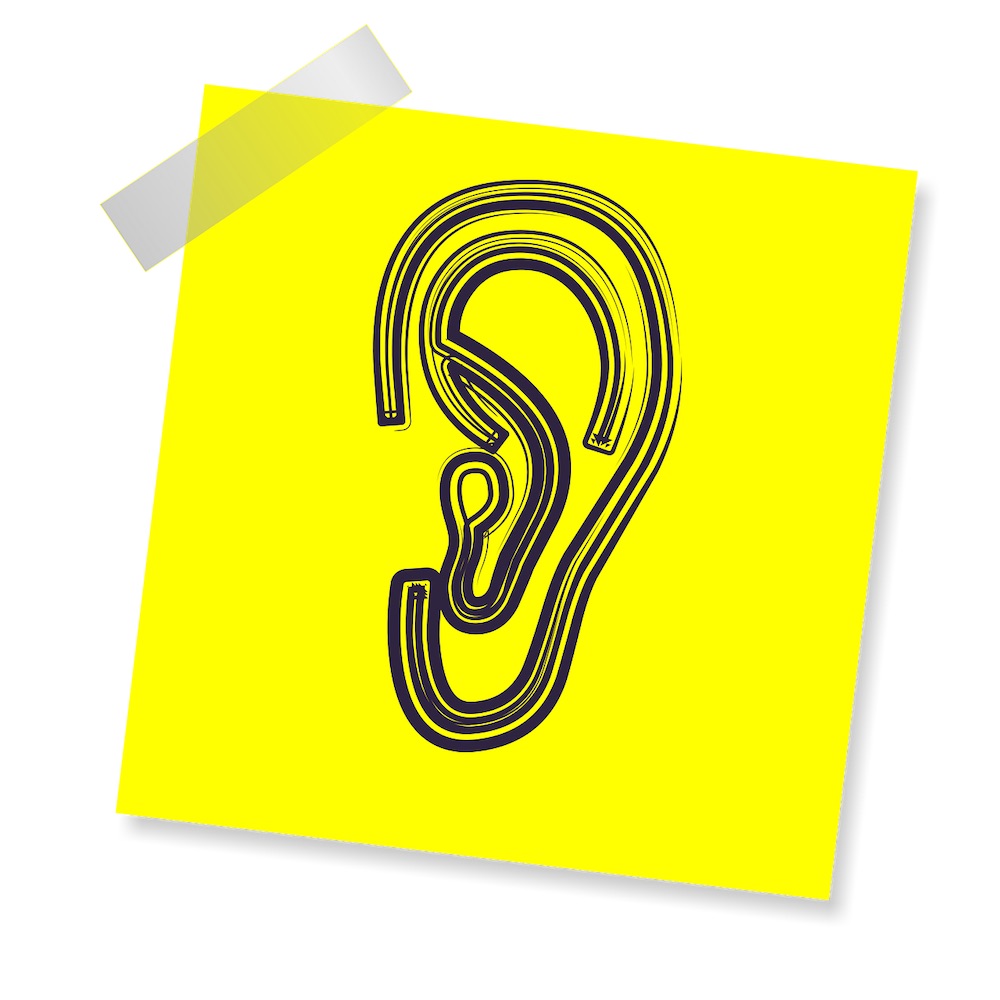
Children need their eyes to learn to their full potential. Be sure your child is getting the best out of his or her education by practicing good vision care and getting regular eye exams.
About 80 percent of what children learn occurs through the use of their vision. Their developing brains rely on clear, accurate information provided by their eyes. If their eyes are not seeing the world clearly, they might encounter other developmental difficulties. While a child’s visual system is still growing and maturing, wearing proper corrective lenses can play an important role to ensure proper vision development. Children might not even know they have vision problems because they might think the way they see the world is the way everyone sees the world. Pediatricians generally first check a baby’s eyes at 6 months and again at 3-4 years. A child should receive his or her first comprehensive eye exam at 5-6 years before entering first grade. Depending on family history, eye exams should be followed up every two years. In between checkups, watch for these 10 signs your child might need glasses: 1. Squinting or closing one eye a lot 2. Blinking excessively 3. Getting close to a book when reading 4. Having trouble seeing the chalkboard at school 5. Rubbing eyes a lot 6. Having headaches 7. Tilting the head to use one eye only 8. Sitting too close to the television 9. Losing his/her place when reading 10. Difficulty remembering what he/she read For infants, check for these additional four signs: 1. Trouble keeping eye contact by 3 months 2. Crossed eyes or one eye that turns out 3. Trouble following an object with his or her eyes by 3 months 4. Apparent inability to see If you notice any of these symptoms, schedule an appointment for your child to have a complete eye exam.




